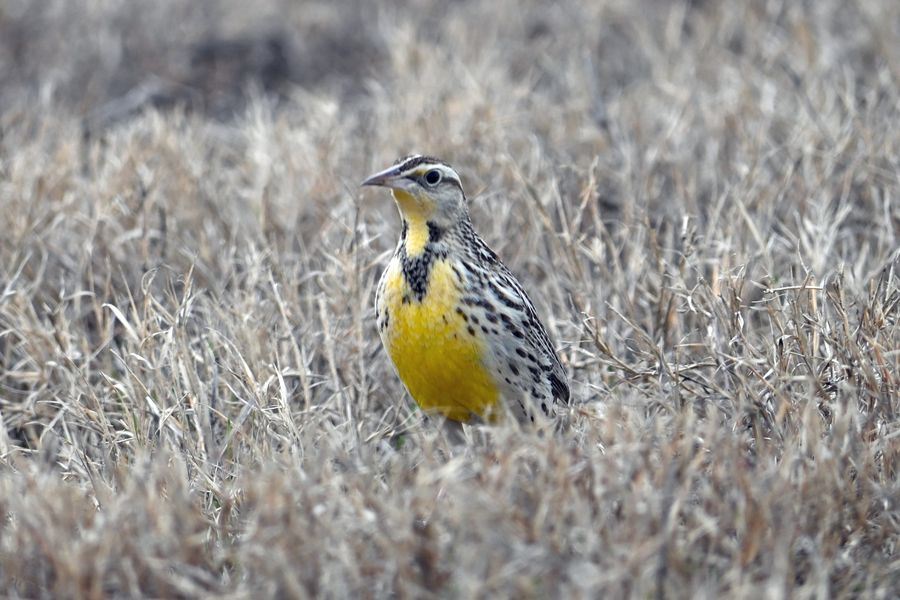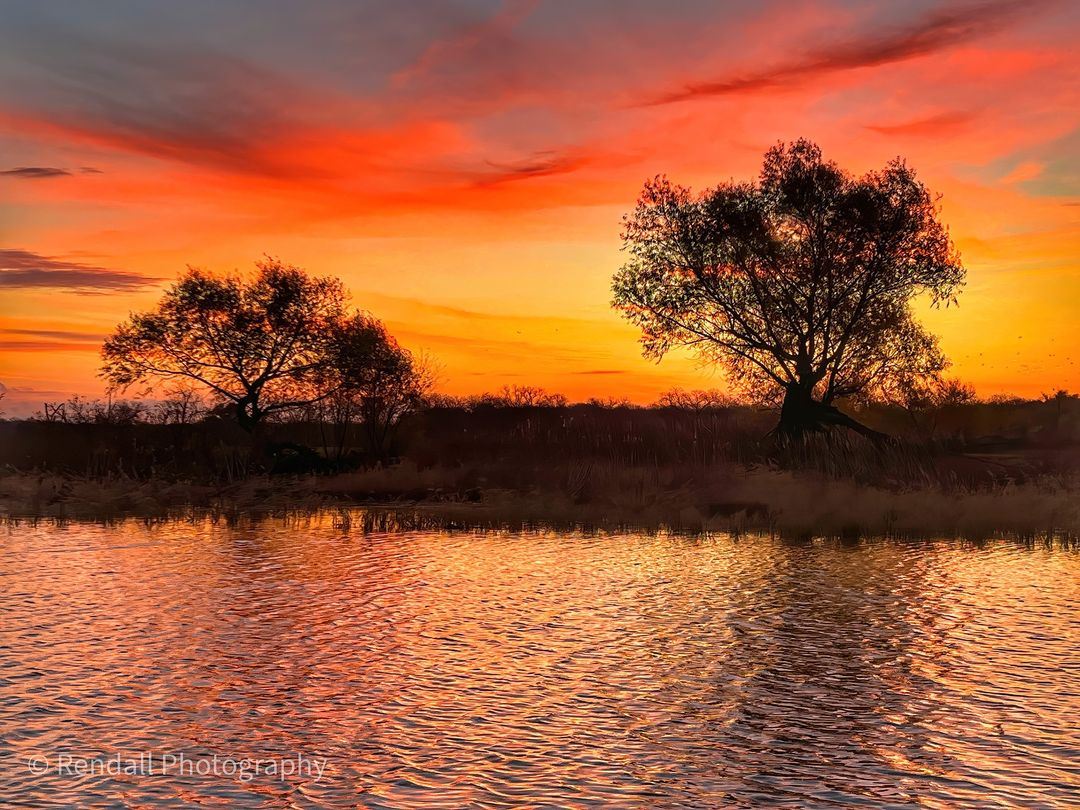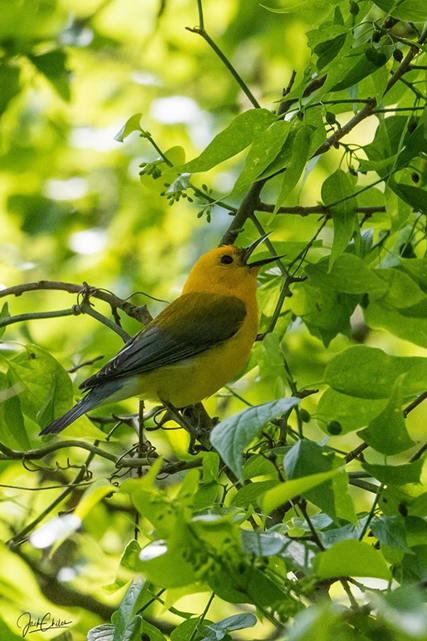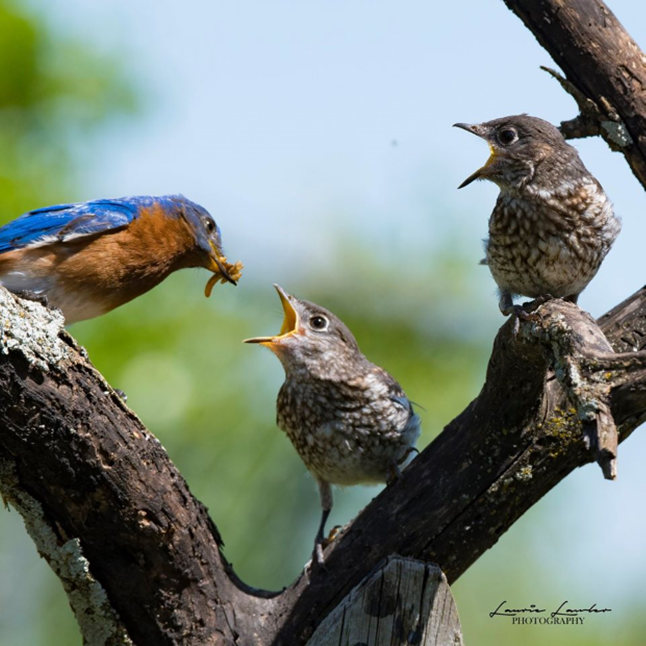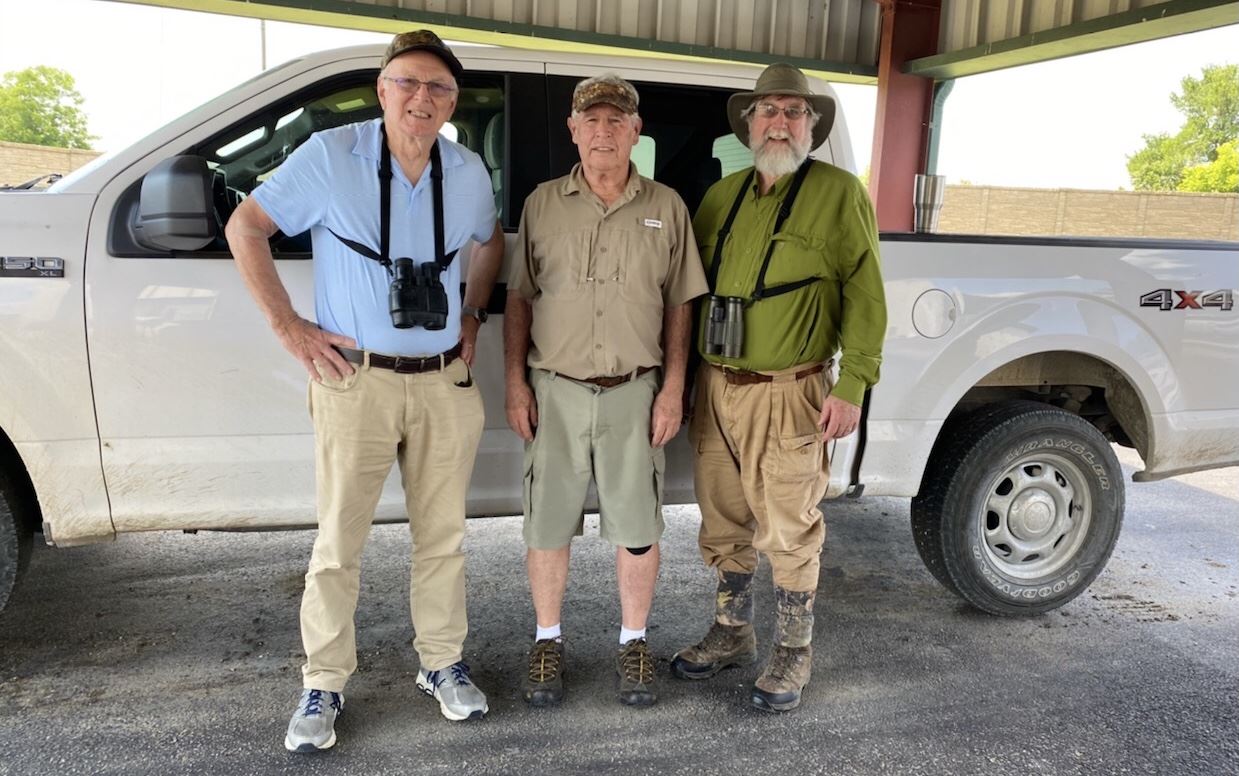Sparrows of Hagerman – Part II by Laurie Sheppard This month “Sparrows of Hagerman” will focus on two birds that might be mistaken for sparrows and one that is a sparrow but doesn’t look like one. Early December brought a couple of species that always winter in Grayson County but are not often seen on the refuge. Both are small brown birds and don’t often let you get close for a good look at their features. Unlike the sparrows that are found in tall dead grass or the brushy edges of woods, Horned Larks and Lapland Longspurs visit open dirt such as the browning fields the geese have stripped. Horned Larks are about the same size as a Harris’s Sparrows but since they’re frequently in a single species group, it’s hard to estimate their size. These small, brown birds feed on the ground in open, often recently plowed or grazed fields. When startled, they fly together to an identical spot far from the perceived danger. They are mostly found in our area in winter but may rarely be seen at other times, as they nest north and west of us in Oklahoma and west Texas. By general shape, color, and size, you might think they are sparrows, but take a closer look and you will see a yellow throat and black mask which is more pronounced on the males but also present on females. |
Horned Lark by Laurie Lawler The bill of a Horned Lark is short and thin, unlike a sparrow’s conical bill. Horned Larks get their name from the small tufts of feathers sometime sticking up toward the back of the head. They feed mostly on seeds and small insects but may also pluck and eat sprouting lettuce, wheat, or other crop seedlings. They are social birds when not breeding and in winter may mix with other species, including meadowlarks and Lapland Longspurs. Lapland Longspurs are slightly smaller than |
Horned Larks, and with their thicker bill and darker streaked appearance, they look even more like sparrows. In summer, they breed in arctic tundra, primarily in Canada, where they eat an estimated 3,000 to 10,000 seeds and insects per day. They also gather and feed their young an additional 3,000 insects per day. In winter, they are easily overlooked in barren agricultural fields where they pick through low vegetation for seeds. As with Horned Larks, Lapland Longspurs will often form large flocks and may mix with American Pipits, Snow Buntings, and | 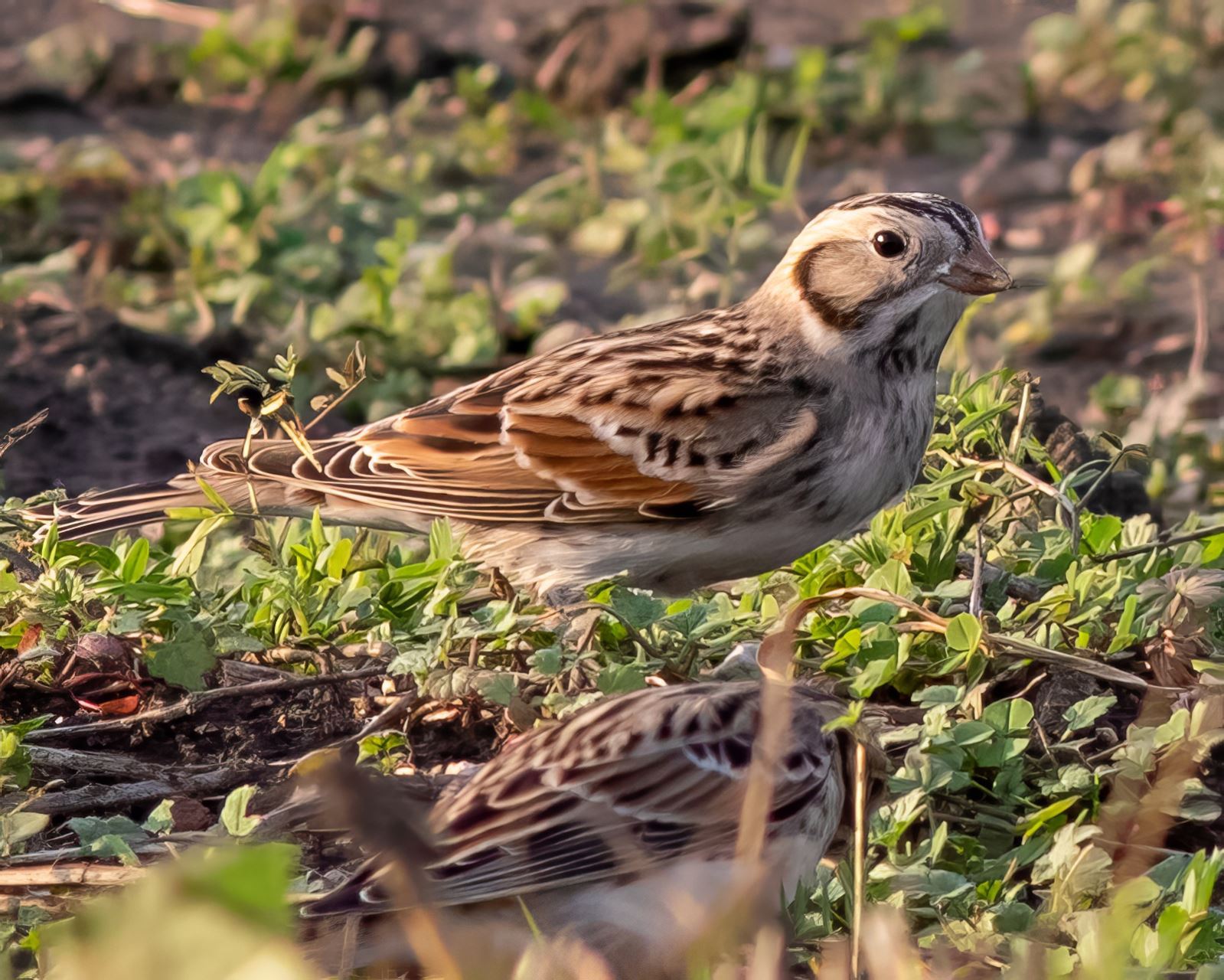 Lapland Longspur by Laurie Sheppard |
Horned Larks where their wintering grounds overlap. Scan the open fields for movement or wait for a swirling flock of small birds moving low to the ground from place to place, especially when startled, and you may find one of these mixed flocks.
Longspur species get their name from the unusually long hind claw found on Lapland Longspurs and others in the genus. In summer, male Lapland Longspurs have a black crown, face, and bib, but by the time they reach north Texas, they look very much like sparrows, with a streaky back and crown. The back of the neck, called the nape, is a smooth tan or light brown. The flanks are streaked and there is a rusty patch on the wings. Their most distinctive feature is a dark line surrounding the ear. Their bland appearance is perfect camouflage among the dried grasses and brown earth of their favored foraging grounds. They are not commonly found on the refuge, but recently a small flock of nine individuals was seen along the side of Refuge Road. Most of the sparrows we see around Grayson County are in the family Passerellidae (New World Sparrows). The big exception is the House Sparrow, an introduced species in the family Passeridae (Old World Sparrows). The New World Sparrows most often bear the familiar colors of brown, white, and a little black, but there are a few that look quite different. Towhees and Juncos have dark heads and backs and might show some other colors not seen in most sparrows. |
Dark-eyed Junco by Laurie Sheppard | Dark-eyed Juncos are very common in Grayson County in winter. In fact, they are one of the most common bird species in North America, reaching all parts of the continent at least part of the year. They display several regional variations, but the ones we see at Hagerman NWR are usually the Slate-colored form. However, even within the Slate-colored Juncos, there are differences between individuals. Some may be darker or lighter gray, and some might show more brown on the back or brownish pink on the flanks while still being the Slate-colored variety. All Juncos |
have white outer tail feathers, a pink bill and legs, and a round-headed appearance. Around the refuge on roadside edges or open trails, visitors may see a small group of Dark-eyed Juncos fly up from the ground into a low bush or tangle of vines, flashing their white outer tail feathers as they go. If you stop and wait patiently, they will often return to the same spot they just left, and you can watch them feed. When foraging, they typically hop along the ground, scratching in the leaf litter, or moving around in low underbrush, picking food from leaves and twigs. Many Dark-eyed Juncos breed in the arctic regions of Canada and Alaska, and it is those that migrate to the southern U.S. in the winter. Others are resident in mountainous areas of the northeast and Rocky Mountain states. Like other sparrows, they are primarily seed eaters and will come to feeders, although they are often seen foraging on the ground beneath the feeder for tiny seeds dispersed by some of the bigger, messier birds. Learn more about these and other wintering species at www.allaboutbirds.org. |
Refuge Update: The visitor center is open Monday through Saturday 9-4, Sunday 1-5. It's a great time to visit the refuge! |
|
|
|
See our Calendar View of Events for more fun events! |
Recent Sightings |
|
Northern Harrier by Robert Chura |
Photo by Pam Rendall-Bass |
Meadowlark by Lisa Wilkins |
Photo Club Meetings |
 Dragonflies by Brianna Stone |
|
The Little Sit Join Us At Our Sunrise Bird Count
Photo by Melinda Hill
This event begins 30 minutes before sunrise and lasts a couple of hours, but all are welcome to come and go as they please. Participants are advised to bring a chair, binoculars and water.
|
|
Come and enjoy the sunrise with us! Photo by Pam Rendall-Bass |
Early Birding with Jack Chiles Master Naturalist Jack Chiles will lead our Early Birding event, weather permitting. Bring binoculars or borrow ours. Meet at the Visitor Center and return in time for the Second Saturday program. Free and open to the public; funded by Donations and powered by Volunteers. Please Register so we may inform you via email of unforseen changes/cancellations. |
|
Second Saturday: Every Second Saturday at 10:00 AM in the Visitor Center |
Future Programs
|
Bluebirds by Laurie Blankenship-Lawler |
The Refuge Rocks! Refuge Rocks! is held every Third Saturday at 10:00 am, designed for ages 5 to 10. Registration Required |
Future Programs
|
| Puddles' Craft Corner Animals in Winter By Cindy Steele, Master Naturalist |
|
Welome back to Puddles’ Craft Corner! When winter comes around, humans can keep warm and healthy with a blanket, warm socks, sitting by the fire, running to the grocery store for food, and a steaming cup of hot chocolate, but some wildlife must take more drastic measures to survive. In the wintertime, the temperatures drop, the trees and bushes are stark and bare, and sometimes snow or ice blanket the ground. What happens to the wild animals in the winter? What is their survival plan? Some people worry about the animals that are out in the cold, but don’t worry. They have a plan! All living beings have what is called instinct. When you are hungry, do you have to be told to eat? When you touch a hot stove, do you nave to think about removing your hand? Instinct tells us (and animals) what to do without even thinking about it! All animals are born with certain instincts that guide their behavior. An animal's instincts are the ability to know without thinking, the capability to automatically know how to behave or respond in certain circumstances. This "knowing" ability occurs naturally or instinctively to an animal and is inherited from birth. That's why fish do... |
|
|
|
Birding with Jack Updated, Weekly Census Results By Master Naturalist Jack Chiles, Mike Petrick and Dr. Wayne Meyer (Pictured Right) |
|
Each Tuesday a team of experienced birders, including Master Naturalist Jack Chiles, traverse 35 miles of refuge roads and hiking trails, documenting every bird they encounter. This Bird Census is reported to The Cornell Lab of Ornithology for use in research, and each week we will bring you a link to their actual bird count, and a summary of their adventures. |
See Jack's notes and latest Census Results |
Shop Amazon Smile to Support the Friends of Hagerman
Kroger: Stop by the customer service desk at Kroger and link your Kroger Card to the Friends of Hagerman: the Friends will get rewards for every dollar you spend, at no cost to you. |
| Thank You To Our Contributors: Jack Chiles, Laurie Sheppard, Amber Grubb, Cindy Steele Refuge Manager: Kathy Whaley Deputy Refuge Manager: Paul Balkenbush Visitor Services Manager: Spencer Beard Editor: Patricia CrainFriends of Hagerman NWR Foundation 6465 Refuge Road, Sherman, TX 75092 Phone: 903-786-2826 www.facebook.com/FOHNWR |

The refuge is open from sunrise to sunset every day of the year, drive on any road unless gated.
Admission to the refuge, parking and most events/activities are funded by donations and powered by volunteers.
Please add friendsofhagerman@gmail.com to your contacts to ensure delivery of registration confirmations, account information and the Featherless Flyer
Special thanks to Nancy Miller for the amazing photo of the Visitor Center See you at the refuge! |
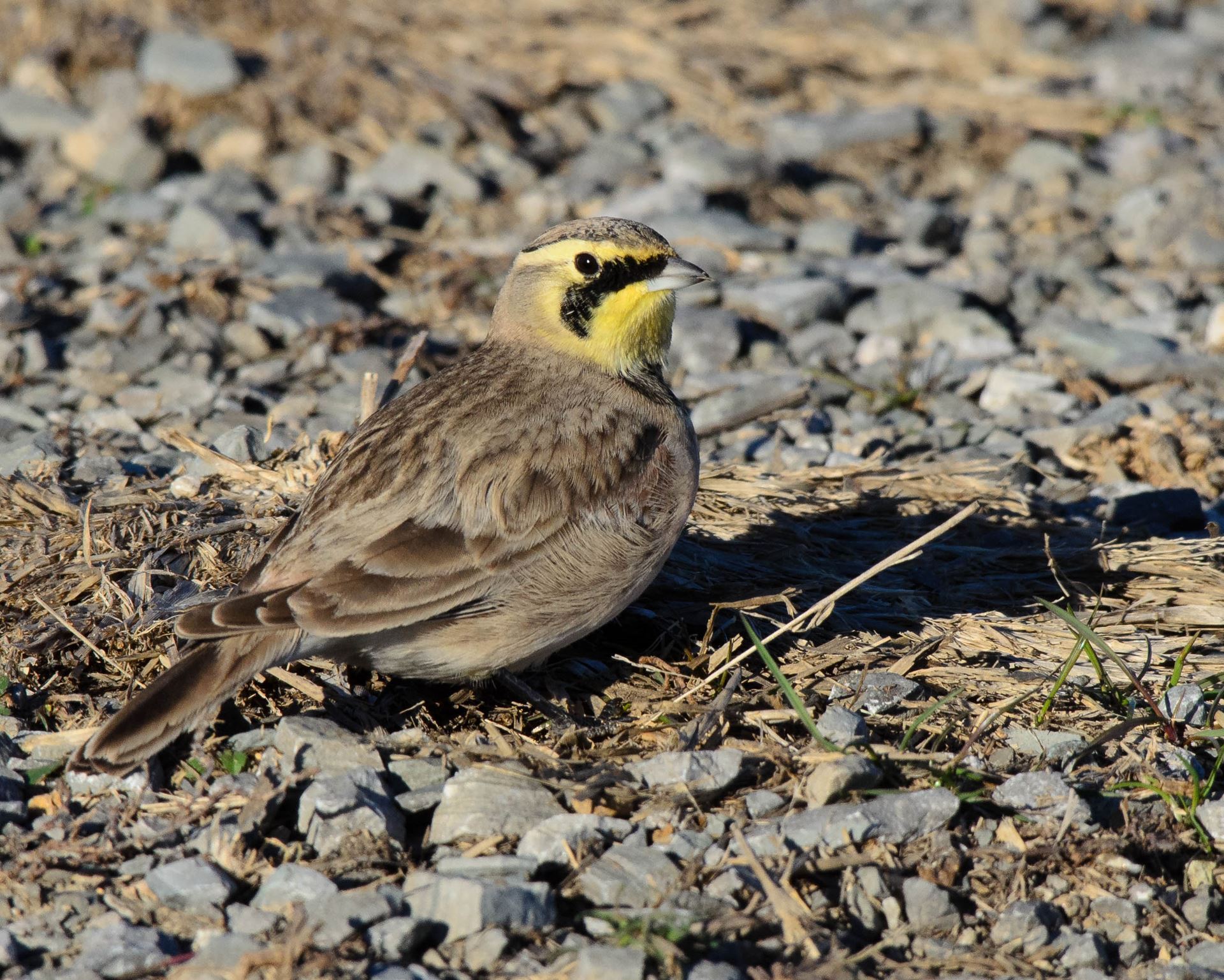
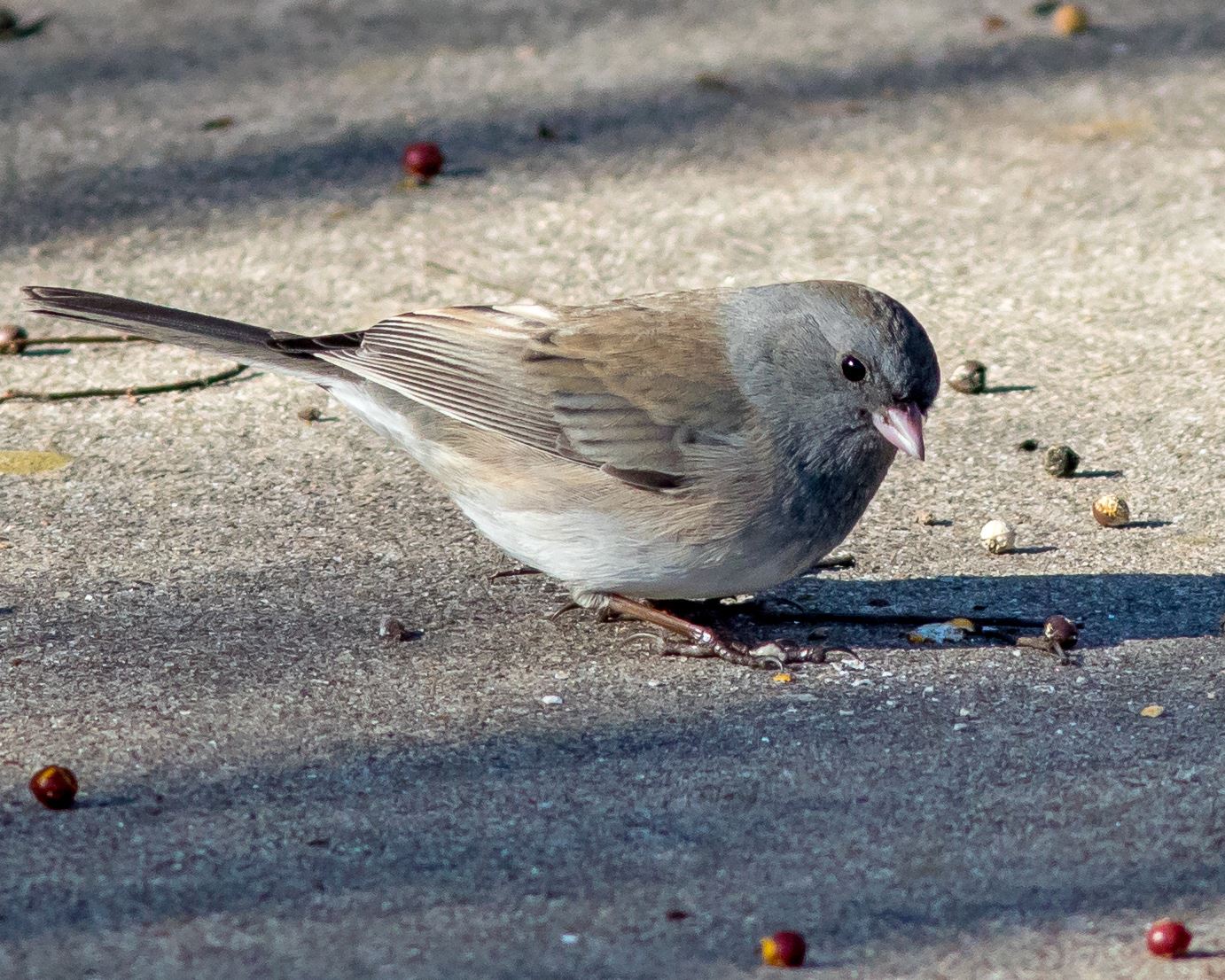

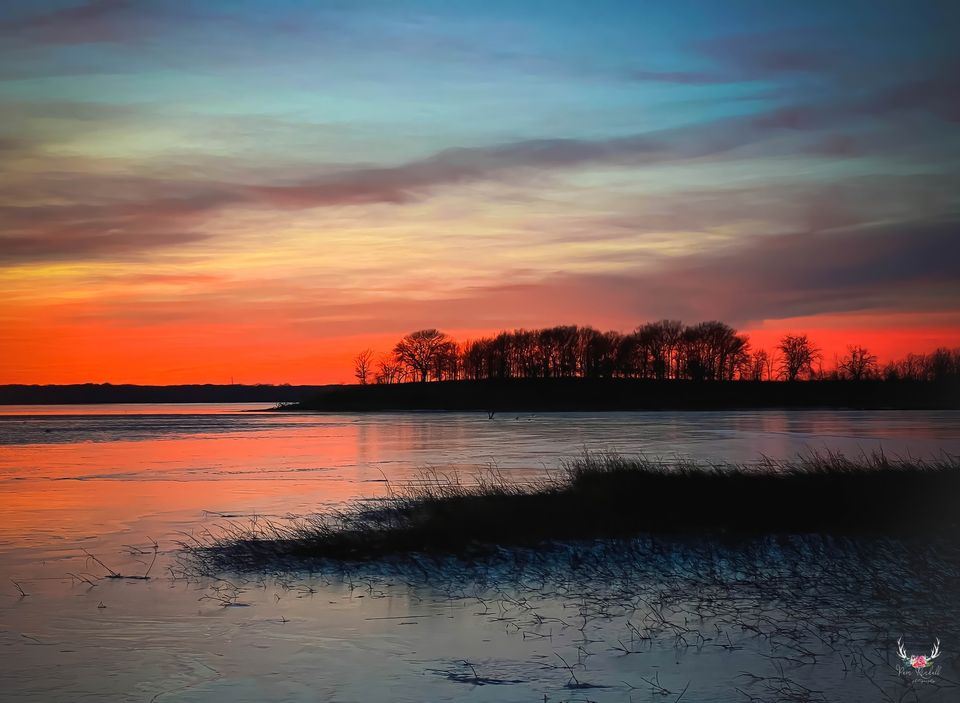 Photo by Pam Rendall-Bass
Photo by Pam Rendall-Bass

